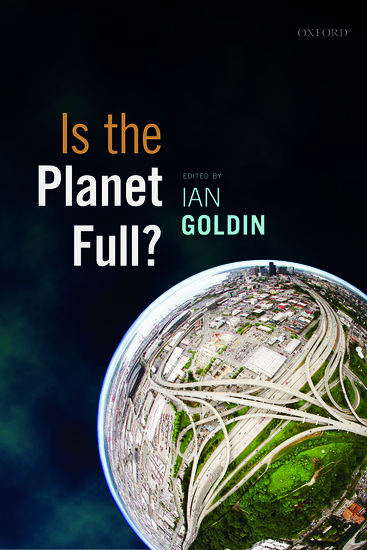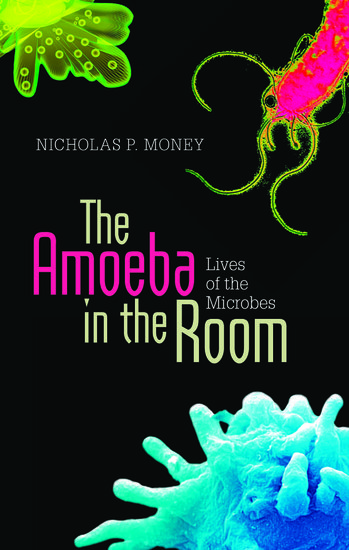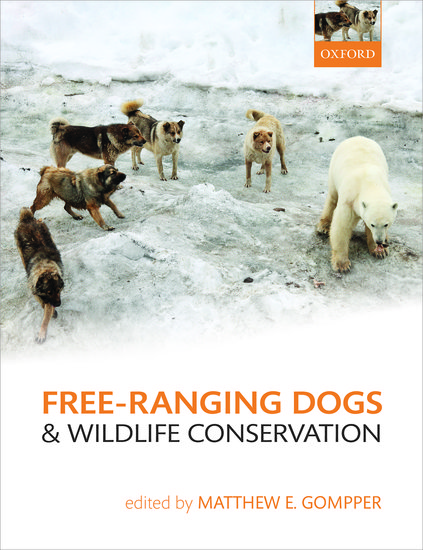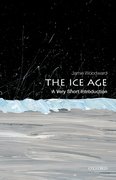Looking forward to the Hay Festival 2014
By Kate Farquhar-Thomson
Every year since I can remember, I find myself in England’s famous book town for the excellent Hay Festival. Now in its 27th year the eponymous book festival can be found nestling under canvass for 11 days in the Black Mountains of the Brecon Beacons National Park.











